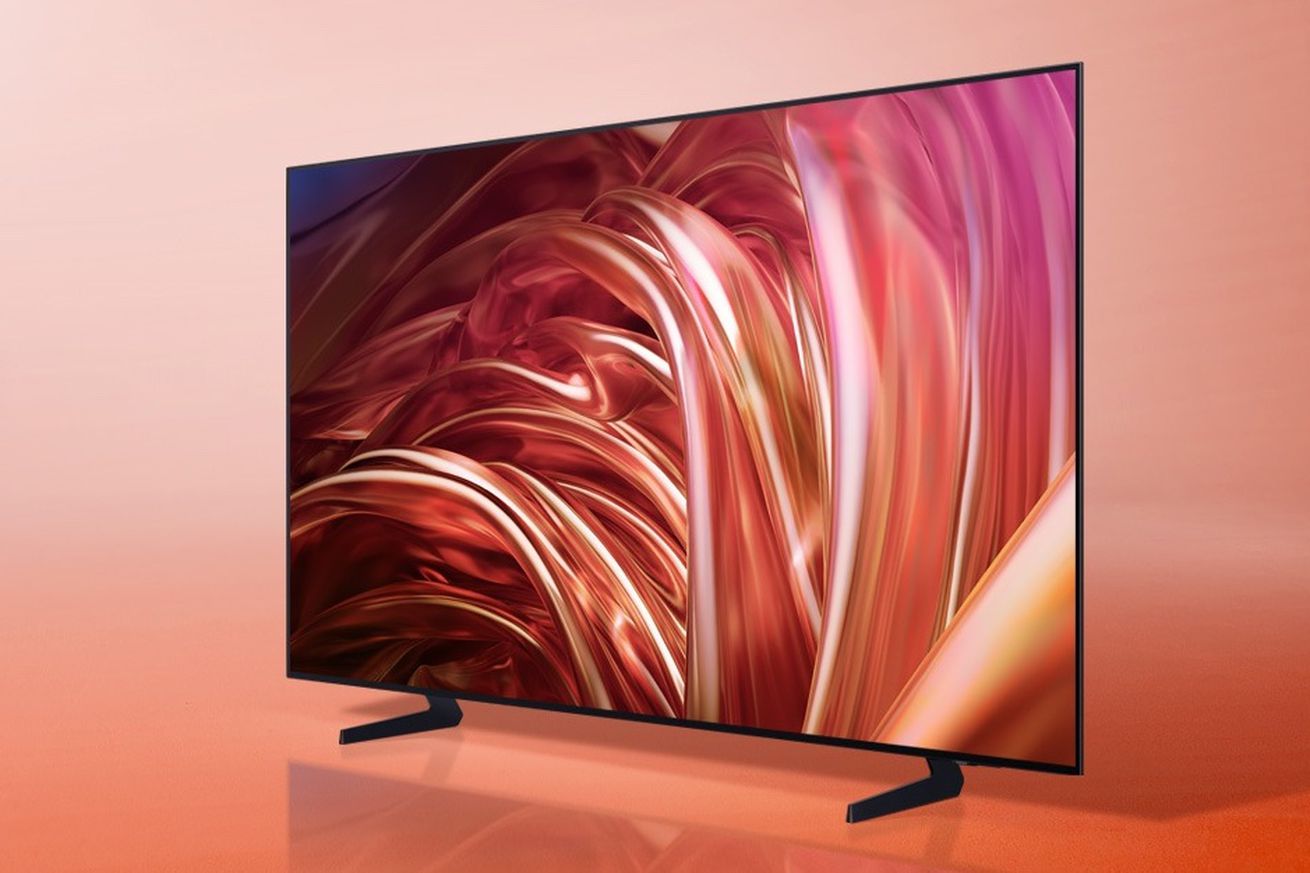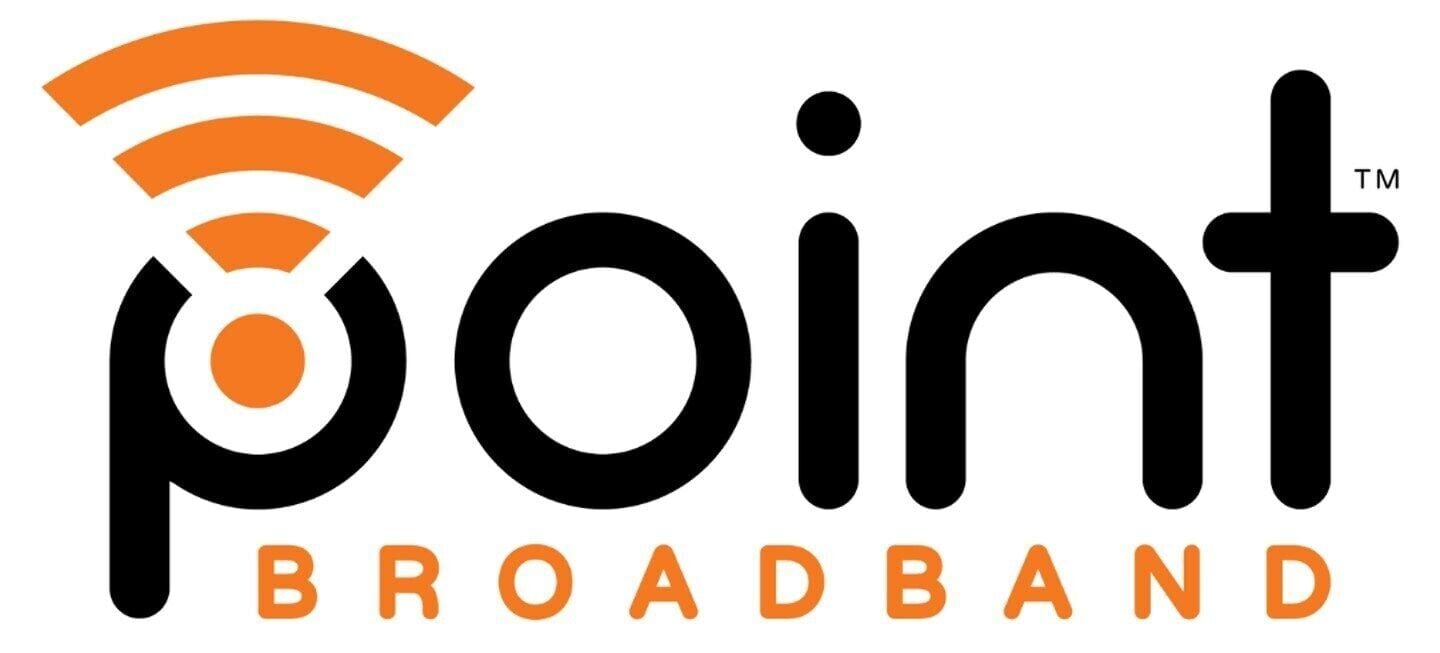Samsung and Google are set to revolutionize the audio industry with Eclipsa Audio, a new open-source spatial audio format poised to compete with Dolby Atmos. Launching later this year, Eclipsa Audio aims to bring immersive 3D audio experiences to YouTube videos and beyond.
Samsung and Google’s new spatial audio format will take on Dolby Atmos this year

Key Takeaways:
- Samsung and Google introduce Eclipsa Audio, a new open-source spatial audio format.
- Eclipsa Audio aims to offer a free alternative to Dolby Atmos for 3D audio experiences.
- The format will enable 3D audio on certain YouTube videos later this year.
- IAMF has been adopted by the Alliance for Open Media, including companies like Amazon, Apple, Microsoft, and Netflix.
- Samsung and Google are creating a certification program to ensure consistent audio quality.
Introducing Eclipsa Audio
Samsung and Google are embarking on a joint venture to introduce Eclipsa Audio , a new open-source spatial audio format designed to enhance 3D audio experiences across devices. This initiative aims to challenge the dominance of Dolby Atmos by providing a free alternative for consumers and content creators alike. Eclipsa Audio is set to enable immersive 3D audio experiences on certain YouTube videos later this year.
Samsung’s Stance on Audio Standards
Over the years, Samsung has notably refrained from supporting Dolby Vision HDR for dynamic HDR metadata, opting instead to promote its own preferred alternatives. This strategic move continues with Eclipsa Audio, as Samsung seeks to establish an open-source standard in the realm of spatial audio.
Features of Eclipsa Audio
Eclipsa Audio promises to deliver a 3D audio experience by adjusting “audio data such as the location and intensity of sounds, along with spatial reflections,” according to Samsung. Much like Dolby Atmos, this format aims to immerse listeners in a multidimensional sound environment, enhancing the realism and depth of audio playback.
A Collaborative Effort
In 2023, Samsung and Google formed a partnership to develop spatial audio technology, initially calling the project Immersive Audio Model and Formats (IAMF) . This collaboration has since evolved into Eclipsa Audio. The IAMF specification has been adopted by the Alliance for Open Media , a group that counts industry heavyweights such as Amazon, Apple, Microsoft, Netflix, Samsung, and Google among its members. The backing of these major companies underscores the potential for widespread adoption of Eclipsa Audio.
Challenging the Status Quo
Eclipsa Audio could significantly disrupt the current audio landscape by providing a free alternative to Dolby Atmos, the dominant 3D audio format for which hardware makers like Samsung pay licensing fees. By eliminating these costs, Eclipsa Audio may encourage more manufacturers and content providers to adopt the format, potentially reshaping the future of 3D audio technology.
Ensuring Quality Standards
To maintain high standards across devices using the new format, Samsung and Google are establishing a certification program in collaboration with the Telecommunications Technology Association . This program aims “to ensure consistent audio quality,” mirroring the way companies like Dolby and THX manage labeling for their specifications.
Looking Ahead to CES 2025
With CES 2025 on the horizon, more details about Eclipsa Audio are expected to emerge. The upcoming announcements at the consumer electronics showcase may provide further insights into how this new format will influence the industry and enhance audio experiences for users worldwide.
Conclusion
The introduction of Eclipsa Audio represents a significant step toward open-source advancements in spatial audio technology. Samsung and Google’s collaboration, supported by major industry players, has the potential to democratize 3D audio experiences and challenge existing standards. As Eclipsa Audio begins to roll out on platforms like YouTube, consumers can anticipate a new era of immersive sound.











